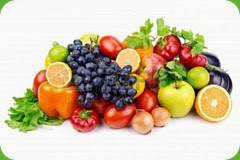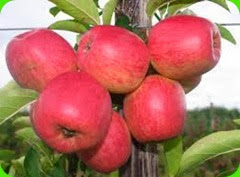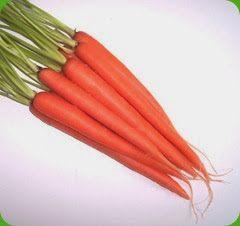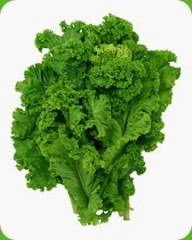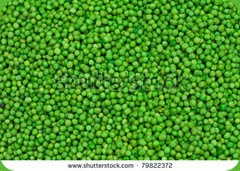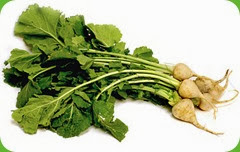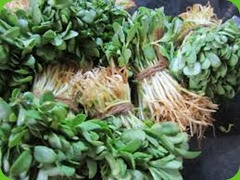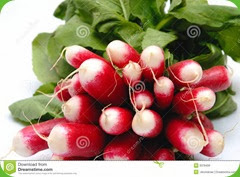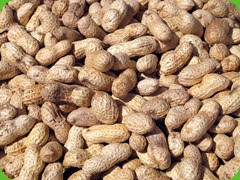Top 10 Diabetes Super Foods
Ever see the top 10 lists for foods everyone should eat to superpower your diet? Ever wonder which will mesh with your diabetes meal plan? Wonder no more. Your list of the top 10 diabetes superfoods has arrived.
As with all foods, you need to work the diabetes superfoods into your individualized meal plan in appropriate portions.
All of the foods in our list have a low glycemic index or GI and provide key nutrients that are lacking in the typical western diet such as:
- calcium
- potassium
- fiber
- magnesium
- vitamins A (as carotenoids), C, and E.
There isn’t research that clearly points to supplementation, so always think first about getting your nutrients from foods. Below is our list of superfoods to include in your diet.
Beans
Whether you prefer kidney, pinto, navy or black beans, you can’t find better nutrition than that provided by beans. They are very high in fiber giving you about 1/3 of your daily requirement in just a ½ cup and are also good sources of magnesium, and potassium.
They are considered starchy vegetables but a ½ cup provides as much protein as an ounce of meat without the saturated fat. To save time you can use canned beans, but be sure to drain and rinse them to get rid of as much sodium as possible.
Dark Green Leafy Vegetables
Spinach, collards, kale – these powerhouse foods are so low in calories and carbohydrate, you can’t eat too much.
Citrus Fruit
Grapefruit, oranges, lemons and limes. Pick your favorites and get part of your daily dose of soluble fiber and vitamin C.
Sweet Potatoes
A starchy vegetable packed full of vitamin A and fiber. Try in place of regular potatoes for a lower GI alternative.
Berries
Which are your favorites: blueberries, strawberries or another variety? Regardless, they are all packed with antioxidants, vitamins and fiber. Make a parfait alternating the fruit with light, non-fat yogurt for a new favorite dessert.
Tomatoes
An old standby where everyone can find a favorite. The good news is that no matter how you like your tomatoes, pureed, raw, or in a sauce, you’re eating vital nutrients like vitamin C, iron, vitamin E.
Fish High in Omega-3 Fatty Acids
Salmon is a favorite in this category. Stay away from the breaded and deep fat fried variety... they don’t count in your goal of 6-9 ounces of fish per week.
Whole Grains
It’s the germ and bran of the whole grain you’re after. It contains all the nutrients a grain product has to offer. When you purchase processed grains like bread made from enriched wheat flour, you don’t get these. A few more of the nutrients these foods offer are magnesium, chromium, omega 3 fatty acids and folate.
Pearled barley and oatmeal are a source of fiber and potassium.
Nuts
An ounce of nuts can go a long way in providing key healthy fats along with hunger management. Other benefits are a dose of magnesium and fiber.
Some nuts and seeds, such as walnuts and flax seeds, also contain omega-3 fatty acids.
Fat-free Milk and Yogurt
Everyone knows dairy can help build strong bones and teeth. In addition to calcium, many fortified dairy products are a good source of vitamin D. More research is emerging on the connection between vitamin D and good health.
Some of the above list can be tough on the budget depending on the season and where you live. Look for lower cost options such as fruit and vegetables in season or frozen or canned fish.
Foods that every budget can live with year round are beans and rolled oats or barley that you cook from scratch.


